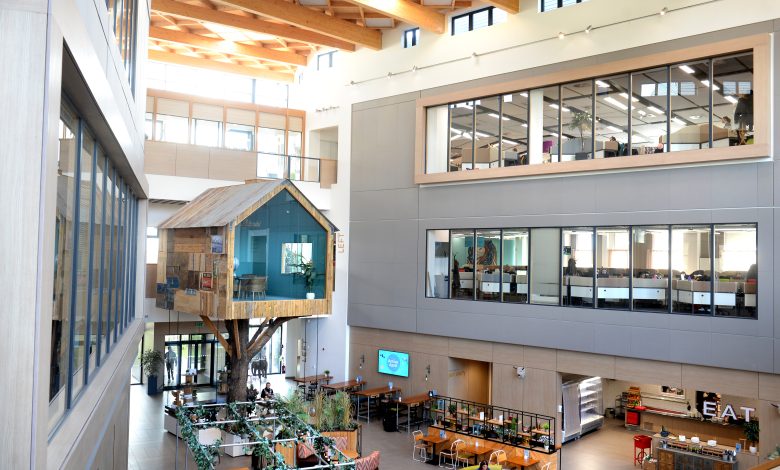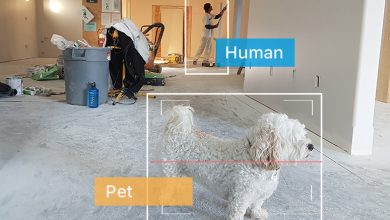
In today’s workplace, speed is currency. We’re expected to respond faster, serve better, and deliver more all while juggling an ever-shifting landscape of customer expectations, emerging technologies, and hybrid work realities. In response, many companies reach for automation as a fix-all. But what if the answer isn’t about replacing people with technology, but also about giving them the tools to do their jobs better?
For me it’s about “getting jobs done” – a pragmatic, human-first approach to productivity and progress. It’s not about tech for tech’s sake. It’s about stripping back unnecessary complexity and enabling teams to do the work that really matters.
The Problem with ‘Digital Transformation’
Over the past decade, digital transformation has become a boardroom buzzword. When it’s done well it delivers real value, yet far too often it’s executed in a way that disconnects people from purpose. Systems are layered on top of systems. Processes become more rigid. Customer conversations are routed through faceless channels. And in this rush to modernise, or cut costs, businesses risk losing their way and their customers will notice. They still want to be listened to. They want conversations, not transactions.
Augment Emotional Intelligence, Don’t Replace It
AI has immense potential. It can answer simple questions instantly, handle high volumes of routine tasks, and free up people for more complex work. And while AI is beginning to mimic aspects of emotional intelligence such as recognising tone or sentiment, the ability to truly empathise, listen, reassure, and build human connection remains, a human strength.
As leaders, we have a responsibility to design systems that support emotional intelligence, not override it. This means putting AI to work on the elements that slow people down, the repetitive scheduling, the low-stakes data entry, the FAQ-level customer queries and the massive analytical tasks and allowing human teams to focus on what only they can do: building relationships, solving nuanced problems, and representing your brand with warmth and personality.
People Are Not Extensions of Systems
There’s a growing temptation to turn employees into interfaces, clicking through workflows, ticking boxes, executing predefined scripts. But this mindset is backward.
Technology should serve your people, not constrain them. In customer service especially, hybrid models where AI handles the routine and humans seamlessly step in for the meaningful are proving more powerful than automation alone. They scale better, build trust faster, and ultimately create a more satisfying experience for both customers and employees.
Trust and Transparency
As we integrate AI more deeply into the way we work, trust and transparency become key. People need to understand how tools make decisions, where human oversight fits in, and how their own roles will evolve.
Leaders must bring teams with them on the journey not just with training, but with conversation. The aim is to empower people with AI.
This means asking:
- How are we using AI to reduce friction, not create more?
- Are we measuring productivity in terms of tasks completed or outcomes achieved?
- Have we designed our tools around real human workflows or forced people to adapt to the tool?
Because when your people feel respected, included, and equipped, they don’t resist change. They drive it.
Designing the Hybrid Workplace
The hybrid future is about how humans and machines work together.
It’s time to shift the perspective. AI is not a threat to culture but a valuable collaborator. A well-deployed AI voice agent, for instance, doesn’t just cut costs it ensures no customer is left hanging, even out of hours. But it does so without pretending to be human. When that agent works hand-in-hand with a trained specialist someone who can step in when nuance or emotion is needed the experience becomes more seamless, not less.
It’s a subtle shift in mindset: from AI as a shortcut, to AI as an enabler.
Innovation, Empathy, and Growth, In That Order
Innovation and empathy are often seen as being enemies as if moving forwards and building boldly must come at the expense of the human element. But the most successful companies are showing that the opposite is true: empathy can be the engine of innovation.
When you listen to what employees are really struggling with the inefficiencies, the clunky systems, the repetitive work that drains energy and respond with thoughtful, well-designed AI tools, you don’t just boost productivity. You signal respect.
And when you give customers better, faster answers without sacrificing care or attention, you don’t just improve service, you build loyalty. It’s not a choice between efficiency and empathy; the future belongs to businesses that deliver both.
The Future Belongs to the Pragmatists
“Getting jobs done” might sound unglamorous. But it’s a call for leaders to refocus on finding the point where technology and people meet to create something more than either could achieve alone.
In the AI age, it’s easy to get distracted by capability. But the real question is: what problem are we solving? What job needs to be done? And who or what is best placed to do it?
When you answer that with honesty, empathy, and clarity, you’re not just building smarter systems. You’re building a smarter business.




